
Getting that extra 15 per cent from your soybean yields
More intensive soybean production can pay off with solid per-acre returns
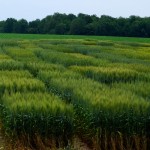
Getting back into Toledo
IP premiums for soft red and other wheats may open doors to make both reds and white more profitable
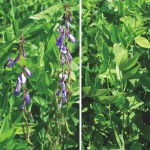
Galega — a new forage import from Eastern Europe
Tests at the Thunder Bay Agricultural Research Station suggest it could be a high-yielding option for Eastern Canada
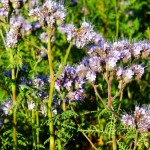
Blending scores big with cover crops — and diversity
More growers are exploring more blends with specific goals in sight

Last call for continuous soybean crops
Continuous soys are tough on the soil, tough on yields and tough on the pocketbook. So why do we still plant them?
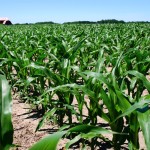
Before you buy that drone
Even in precision ag, it’s unwise to lose sight of the ‘fundamentals-first’ approach to good agronomy

After twenty years has biotechnology really lived up to its promise?
The benefits of biotechnology have been undeniable to farmers, in spite of challenges from resistance
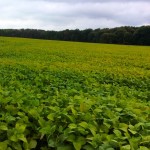
Double-cropping on a comeback
Today, the double-crop odds are even more in the growers’ favour, thanks in part to short-season varieties bred for Western Canada
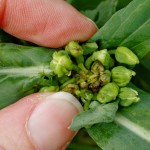
Out-thinking the swede midge
What happens when the best recommendation is to stop growing the crop?

No fertilizer panic – for now
Supplies for 2016 seem healthy, but there’s no time like today to lock in your needs


